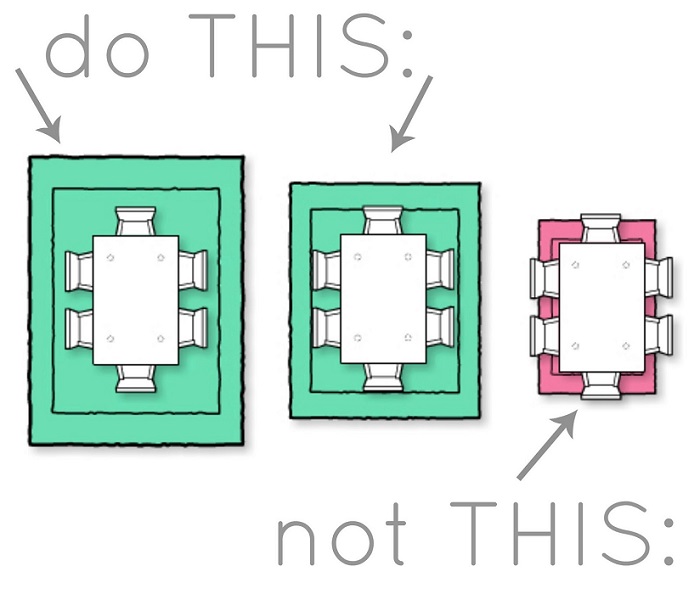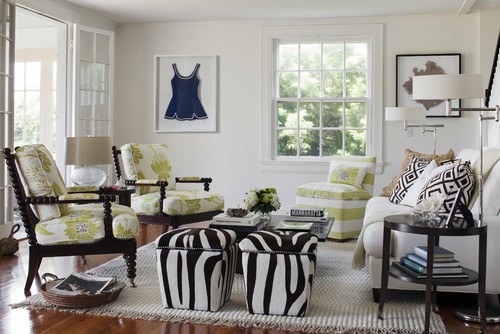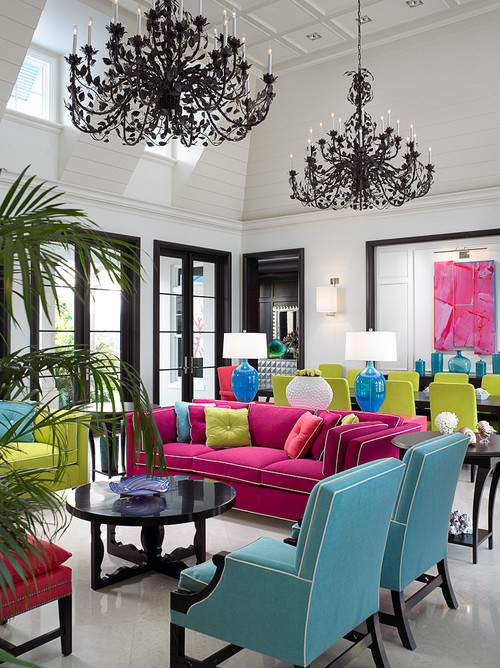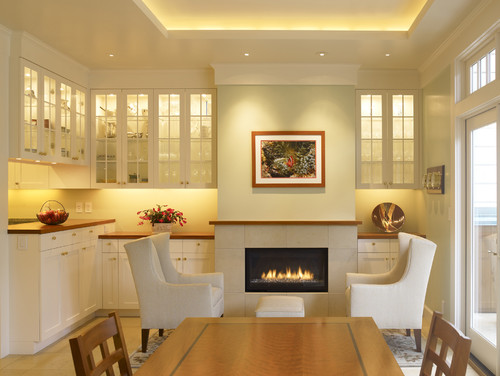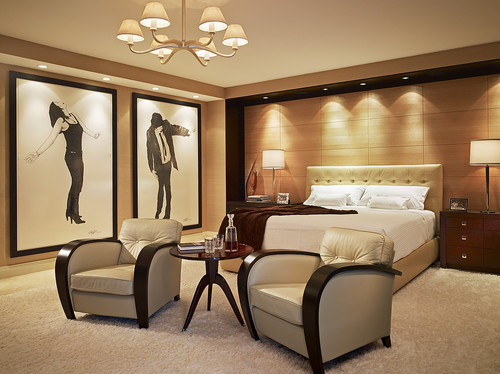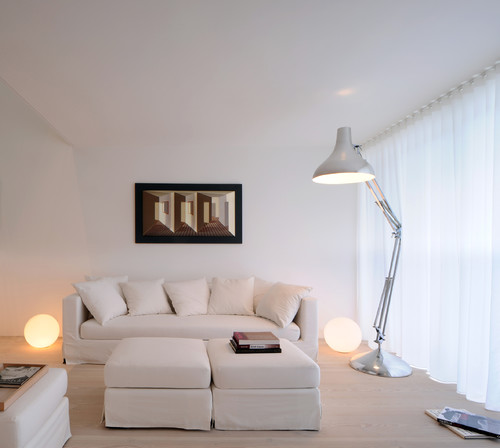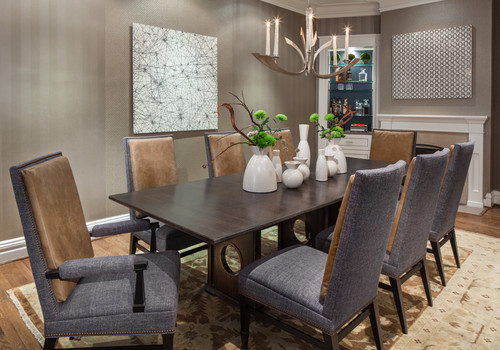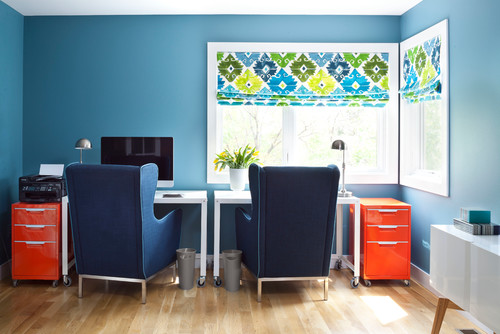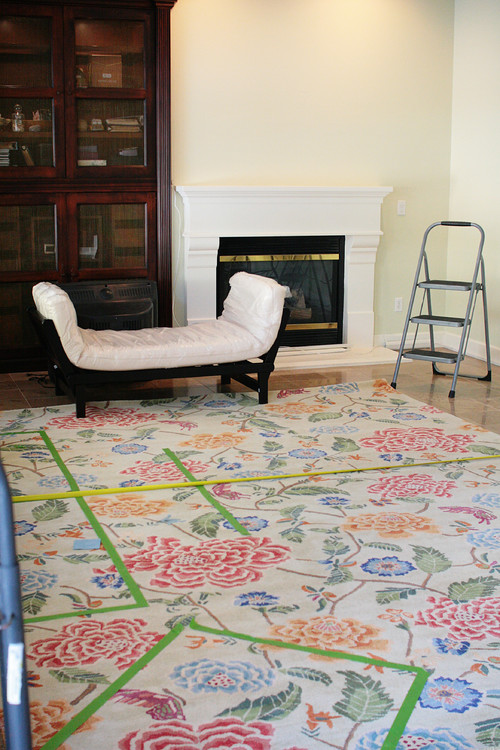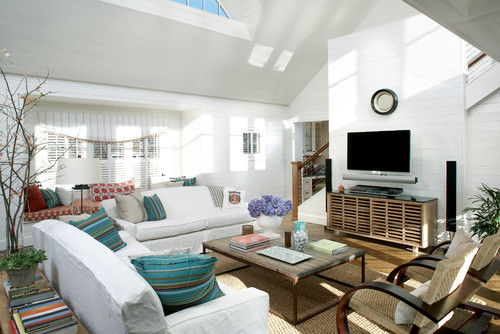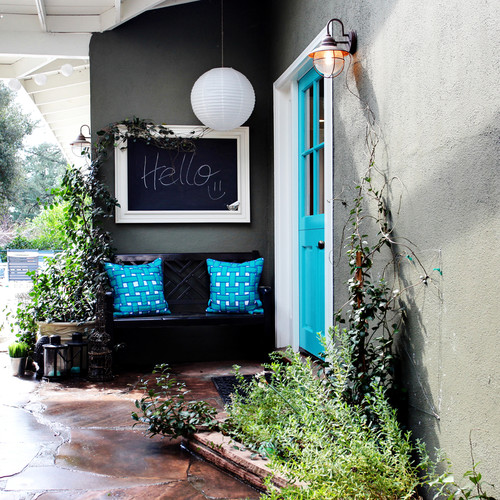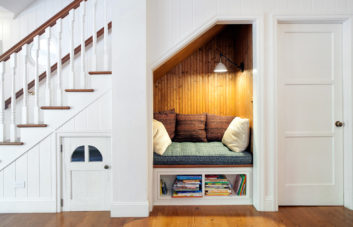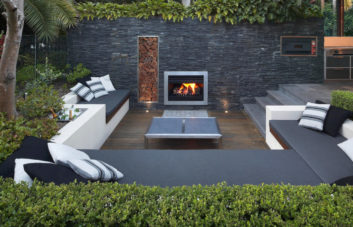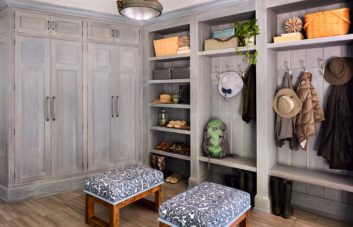It’s hard to get your home decorated just right; that’s why interior designers are in high demand! But even with the most experienced decorator there’s likely to be something that you regret in your home. Some mishaps are more common than others; if you avoid these ten common decorating mistakes, chances are you’ll decorate with confidence and enjoy your room(s) for years to come.
Color chaos
This one’s a biggie, and a fairly obvious one. Choosing the right color is a massive undertaking that can go horribly wrong very quickly. Even if you know what color palette you’d like, the sheer variety of options is enough to make you want to just paint the whole house beige.
Don’t go overboard with rainbow-colored rooms, but don’t fear color either. Skip overly coordinating color schemes (blue paint, blue furniture, blue pillows, blue lamps, blue accessories…), but make sure that your colors harmonize with each other. And just because you love the color doesn’t mean it’s right for your home!
Too much or too little color can spell disaster. Don’t skimp – hire a professional who knows his or her shades a lot better than the average layman, and make sure to paint samples of the actual paint on the wall itself before deciding. Even if you love the color swatch, it may look awful in your lighting (and you really can’t tell from a tiny square of color). And don’t forget about pattern and texture – even if the color’s right, you don’t want it to be flat.
Poor lighting
Your perfect color scheme, painstakingly chosen furniture, and prized artwork are helpless in face of the wrath of improper lighting. Even the best-decorated room can look like a kindergardener designed it if it’s not lit well. Research the different types of lighting – task lighting, ambient lighting, accent lighting – to see which lights you need, and consult with someone knowledgeable about layering your lighting.
While oversized furnishings are nice, you must ensure that the room is scaled and balanced properly. A small room should not have a huge couch; a regular-sized dining room table will be dwarfed by an enormous room. Make sure that your rugs, lamps, furniture and light fixtures are the correct size for your room and other furnishings, and hang curtains and art at the proper height.
You may be in love with that set of amazing kitchen chairs, and they’re even affordable, but if they’re uncomfortable you will rue the purchase for the rest of its life. Be honest with yourself: is that furniture really practical or are you going to use it for a month and then let it collect dust? Are you buying it because it’s trendy? Don’t buy something just for the sake of being “hot” or you’ll regret it when it’s firmly in the realm of “not.”
Well, not in the true “feng shui” sense, but there is truth to the concept of harmonious furniture arrangement. Don’t push furniture against the wall, make sure the layout works with your lifestyle, and follow the golden rules of room arrangements (such as rugs needing to touch other pieces of furniture).

Check that your furniture fits properly (and that you won’t be constantly stubbing your toes) by playing with the layout on a piece of paper first; scale all pieces to the “room” (the paper) and rearrange until you find your ideal setup (much easier than moving furniture!), then map out the furniture on the floor of the room itself with painter’s tape to make sure it works. You can also use an online furniture layout tool such as Floorplanner.
Just say no to naked windows! Ignoring windows is a crime. Obviously you don’t want to feel like you’re living in a fishbowl, but that’s no excuse to keep paper shades on the windows indefinitely. The right window treatments won’t only protect your privacy, they’ll serve as a critical element of your design. So go out and find the blinds, shades, or drapes that will tie together your entire room and you’ll be amazed by the difference window coverings make.
Neglecting to plan ahead is practically guaranteed to lead to disaster. Whether you’re buying a new accent piece or redecorating an entire room, think long and hard before you buy. Impulse purchases (“it was just what I was looking for, and it was on sale!”) frequently ends in mismatched furniture and frustration.
Imagine: you finally find that coffee table that you were searching for, but now you don’t want to buy it because you bought a rug in the meantime and it clashes terribly. Or the couch that you bought on a whim competes with it as a focal point. Or your freshly-painted walls make it look hideously orange.
Don’t buy anything “temporary” because those are the pieces that tend to end up being permanent. Consider all purchases very carefully – you can’t just set out on an impulsive shopping spree and expect to wind up with a harmonious room.
AKA “I hate it, but I can’t afford to replace it!”
Your house came with awful shag carpet, popcorn ceilings, or wildly patterned wallpaper; you shudder every time you walk into that room. If you really and truly hate something, get rid of it or at least update it to make it less horrific: buy slipcovers, repaint, or change the hardware (check out this post for more easy, cost-effective ideas).
Accessory overload
Choosing accessories is like choosing jewelry. And you should apply the jewelry rule to accessorizing your home – put on everything you think you should wear, then take off two. There’s a fine line between complementary accessories and cutesy (or worse, kitschy), matchy-matchy borderline hoarding. Keep it classy and watch out for that line!
You need to be able to breathe and live in your home; if you’re hovering over your kids or your guests to make sure they don’t sully the carpet, ding up the furniture, or nick the walls, you’re doing it wrong. Make it your home livable and inviting and, most importantly, personal. It should be “you” (even if you’re quirky) – rather than magazine-photoshoot-perfect.

